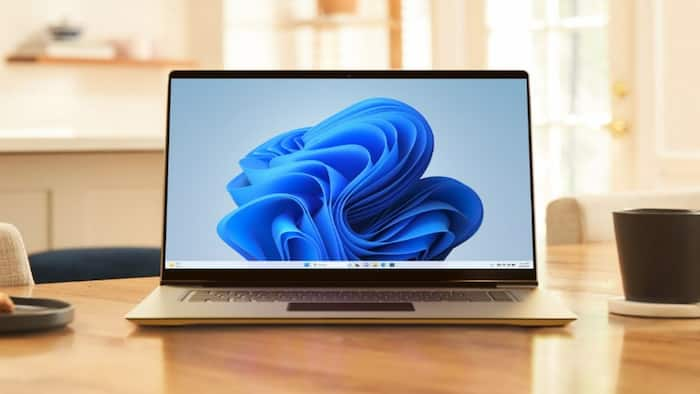
Written By Om Gupta
Published By: Om Gupta | Published: Apr 17, 2023, 08:17 PM (IST)


Microsoft is working on a bunch of new features for Windows 11. These features have been released through Windows 11 Insider Preview Build 23435 to a few beta testers. As a part of this program, Microsoft has released a new presence sensor privacy settings and APIs, which allow users to manage their privacy and block/allow certain apps from accessing these sensors. Also Read: Government Warns Users To Update Chrome And Edge After High-Risk Bugs Found: What Should You Do?
For the unversed, a lot of laptops and other devices, such as smart home devices and smart lights, come with in-built presence sensors that detect a user’s presence to turn the system on or off. The technology is similar to face lock in mobile phones. Presence sensors primarily use facial dimension to detect the presence of a user. When a user comes near the device, camera reads the dimension of the user’s face and matches with it the saved data for authorisation. In laptops, presence sensors help users in automatically locking the device when they are not within a certain range of the device. Now, Microsoft is giving Windows 11 users more control over these sensors. Also Read: 7 Hidden Trackpad Gestures Every Laptop User Should Know
So, if you have a laptop or a PC with a compatible presence sensor, Windows 11 will now allow you to choose apps which can get access to presence sensor.
The apps that have access to presence sensors will turn off itself when the user moves away from the system and will turn on itself on detecting user’s presence. However, the apps that do not have access to presence sensors will show no effect.
Emphasising on privacy, Microsoft said in a blog post, “No images or metadata is collected by Microsoft and all processing is done locally on the device hardware to maximize privacy.”
Once rolled out for all, users can find settings to presence sensors by going to Settings and scrolling to Privacy and Security and looking for Presence Sensing. From the menu, users can then modify the setting and add or remove programs from the accessing the presence sensors.
Meanwhile, Microsoft is also testing a new feature called ‘Gallery’. This new feature will make it easier for the Windows 11 operating system users to access their photos. The under-testing ‘Gallery’ feature can be accessed quickly through the File Explorer’s navigation panel. Furthermore, Microsoft has announced that it will be making significant changes to the way Windows manages which apps open specific files by default, and how users can pin programmes to their Start menu on the taskbar or on the desktop.